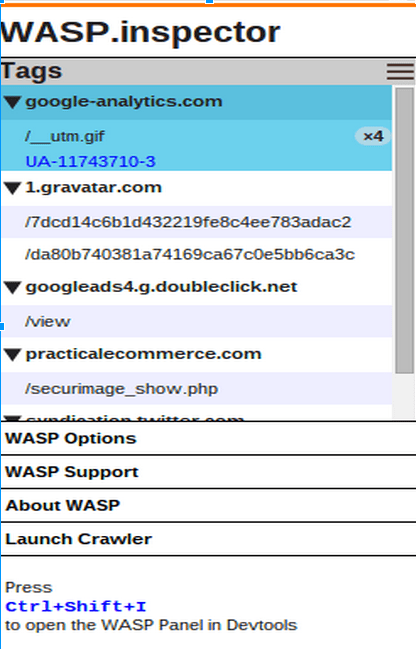Okay, so you’ve had Google Analytics for years and you’re collecting data – but when was the last time that you performed a Google Analytics Audit for your website? Actually updated your Google Analytics account to streamline data collection, align to your current (and possibly future) goals/objectives, and verified that only approve employees have access to your data. If you haven’t updated anything within the last 6 months, then chances are that you’re missing out on opportunities to evaluate your marketing performance, improve data collection, obtain insights, or allocate your marketing budget towards the meaningful drivers of success for your website.
Have no fear – I’ve got you covered: here’s a 5 step Google Analytics Audit to get you started…
1. Prioritize Your Google Analytics Audit
So the first question you should be asking yourself is: “what are you examining your Google Analytics account against?” Any actionable audit starts with a measurement plan, and your Google Analytics Audit is no exception. The goal of the measurement plan is to provide a framework to track online performance, and define your goals, objectives, targets, and segments. Without the measurement plan, it will be a challenge to put your audit into perspective or to prioritize your next steps.
2. Get Your Google Analytics Code on All Pages
If you have a Content Management System (CMS), tagging all of your pages with Google Analytics code shouldn’t be too time consuming. Most CMS platforms have an area specifically for the Google Analytics or Google Tag Manager tracking code – but you can validate the implementation with Tag Assistant, ScreamingFrog, or WASP. If you’re not using a CMS, I would recommend using ScreamingFrog. Make sure that the code is only listed 1 time on each page, and don’t forget your ecommerce platforms or application process!

3. Protect Your Google Analytics Data and Ensure Accurate Data Collection
You may have granted Google Analytics access to your advertising agency, employees, partners, or vendors – but when was the last time that you updated your User Management settings? Are you collecting data based on the updated tracking code and information within the Google Analytics administration? I would recommend that you review both your Property and View settings to ensure that your data collection aligns with your measurement plan. This should include:
- Goals
- Content Groupings
- Filters
- Channel Settings
- Ecommerce Settings
4. Link Your Google Analytics with other Products & Social Media
You can streamline the data collection across Google products, social media accounts, remarketing and data imports from third parties such as Bing Ads. By doing this, you will gain an idea of the ROI your marketing tactics are providing, and guide you to making adjustments to your approach.

5. Create Efficiencies with Segments, Modeling, and Alerts
Take the time to revisit your segments, alerts, and attribution modeling to ensure that they align with your measurement plan. You might find that these items could be updated based on your previous online performance, new insights or more enhancements that could have been available because of Google Analytics upgrades. An example was the 2014 update to segmentation.
Why audit Your Google Analytics Account?
Google Analytics will continue to roll-out enhancements. In general, the goal is usually to save practitioners time and to improve analysis efficiencies. This should have an effect on your ability to better assess your online performance and obtain insights. For example, Google Analytics has roll-out Cohort Analysis (beta) to better measure performance over time and simplify their data sharing settings.
Recommendations for a Google Analytics Audit
- Perform your Google Analytics Audit quarterly to align with your measurement plan
- After the audit, prioritize your tasks based on your ability to obtain insights or provide recommendations to achieve your goals and objectives
- Automate or standardize segments, modeling, and alerts to simplify the audit and to implement future product enhancement quickly.
- Subscribe to the Analytics Newsletters or Google Analytics RSS to stay up-to-date on product changes
- Leverage auditing tools (ie: WASP, Tag Assistant, etc.), applications, and Google Analytics Solutions galleries to streamline segmentations and customizations.

Hey Danny, great article. I wanted to mention another tool you can use to perform an automated tag audit of your site, Tag Inspector. We use it for all consulting projects to ensure GA, tag management systems like Google Tag Manager, etc. are on the site and present on all pages.
Full disclosure: My company, InfoTrust, created Tag Inspector.